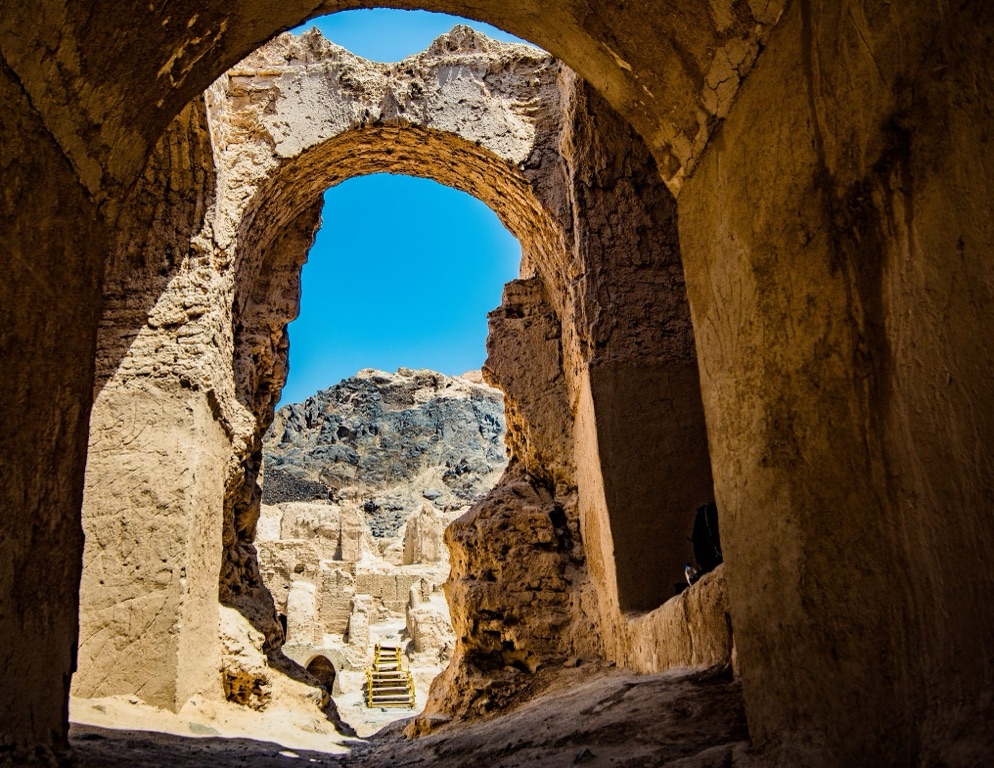Kuh-e Khwaja stands as an enigmatic historical site nestled in Iran’s Sistan region. This ancient citadel, a relic from a bygone era, whispers tales of the Parthian and Sassanian empires. Visitors can explore the remains of a Zoroastrian fire temple and palace complex. These ruins paint a vivid picture of the site’s spiritual and political significance. With each step, one traverses through time, as Kuh-e Khwaja’s history stretches back over two millennia. Archeologists and historians flock here to unravel its enduring mysteries.
Historical Places
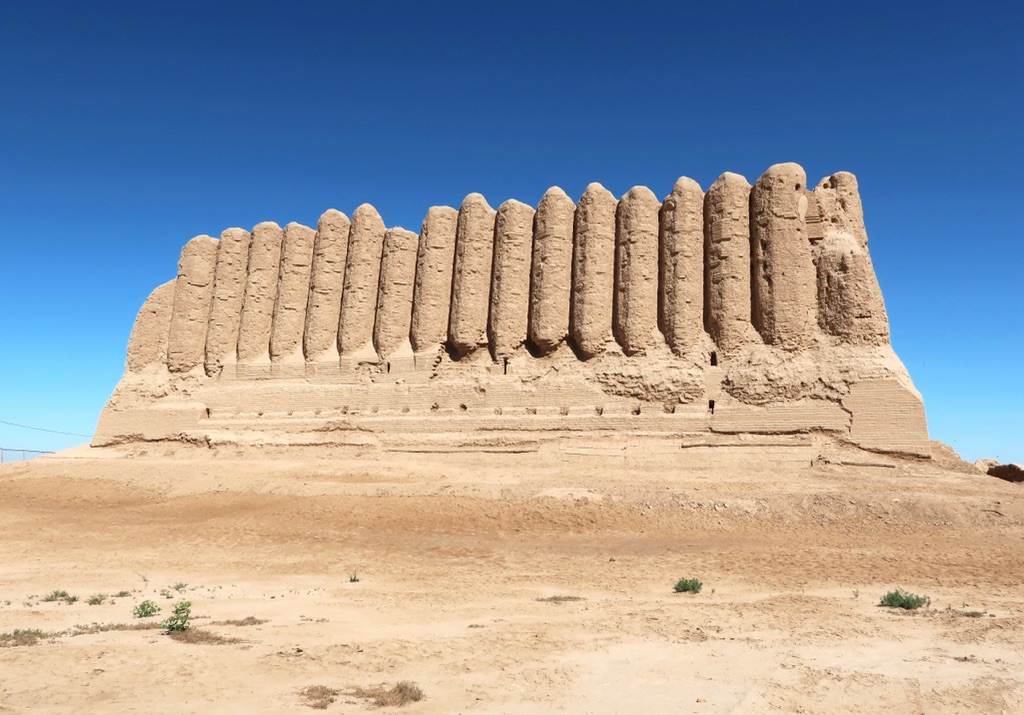
Great Kyz Kala
Great Kyz Kala stands as a testament to the architectural ingenuity of the ancient Merv. Nestled in present-day Turkmenistan, this historic site captivates visitors with its distinctive corrugated walls. Thought to date back to the 8th or 9th century, the structure is part of the larger historical landscape of Merv. Once a major oasis city along the Silk Road, Merv played a significant role in the exchange of culture, goods, and ideas. Great Kyz Kala, with its unique design and enduring materials, provides a fascinating glimpse into the past. The Kyz Kala complex has garnered attention for its historical and cultural significance.
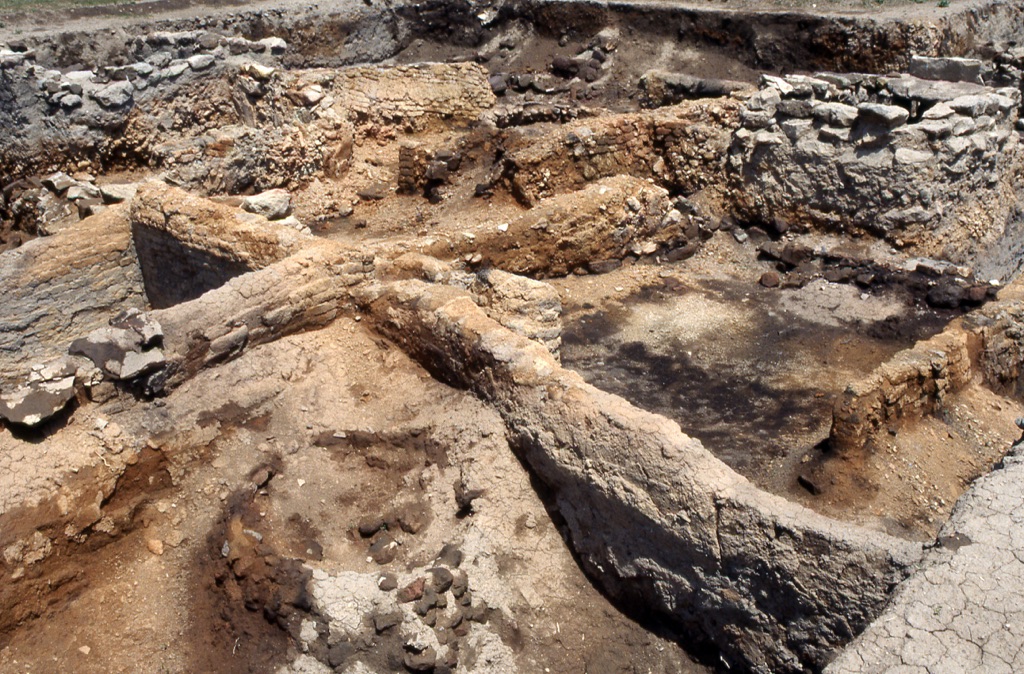
Kültepe
Kültepe, known also as the ancient city of Kanesh, remains an invaluable link to the early ages of trade and writing. This remarkable archaeological site in Turkey gives us insights into the Assyrian trading colonies that thrived during the Bronze Age. Visitors and scholars alike delve into a rich tapestry of history that unveils the economic and cultural exchanges of the era. The excavations here brought to light thousands of clay tablets, etched with cuneiform script.
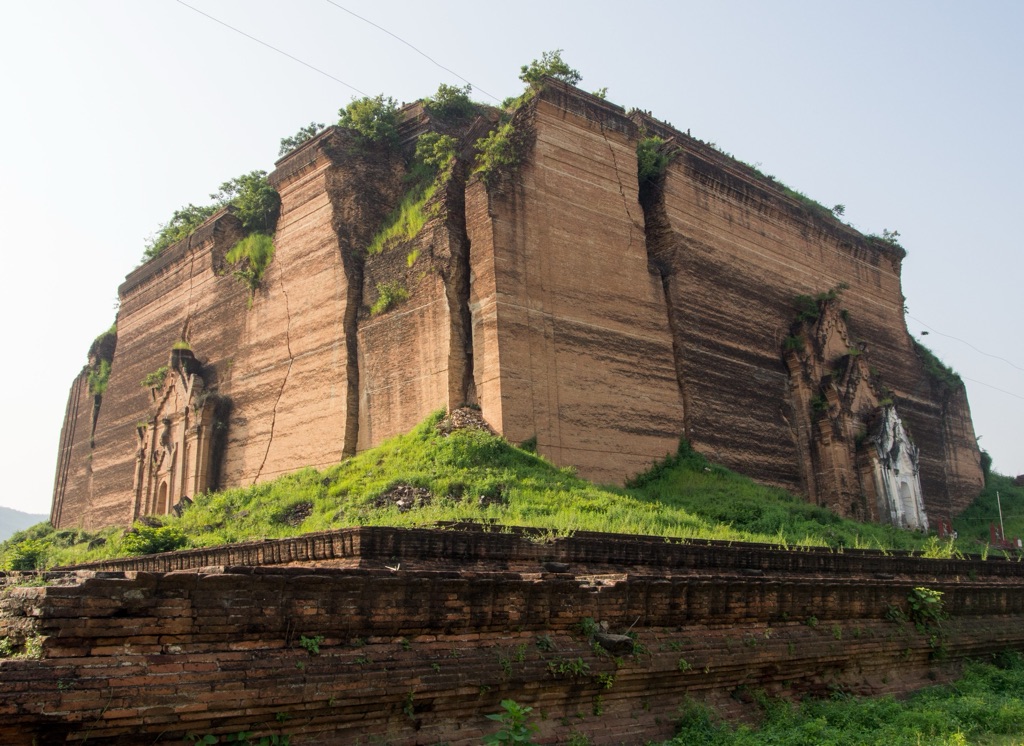
Mingun Pahtodawgyi
The Mingun Pahtodawgyi stands as an iconic monument in Myanmar, reflecting a blend of history, culture, and architectural grandeur. Originally envisioned by King Bodawpaya in the late 18th century, this incomplete stupa would have been the world’s largest, but construction ceased after the king’s death. Despite its unfinished state, the structure commands attention, with vast dimensions and the unique cracks caused by an earthquake in 1839. Situated on the western bank of the Irrawaddy River, it is accessible by a pleasant boat ride from Mandalay, adding to the allure of this historical site.
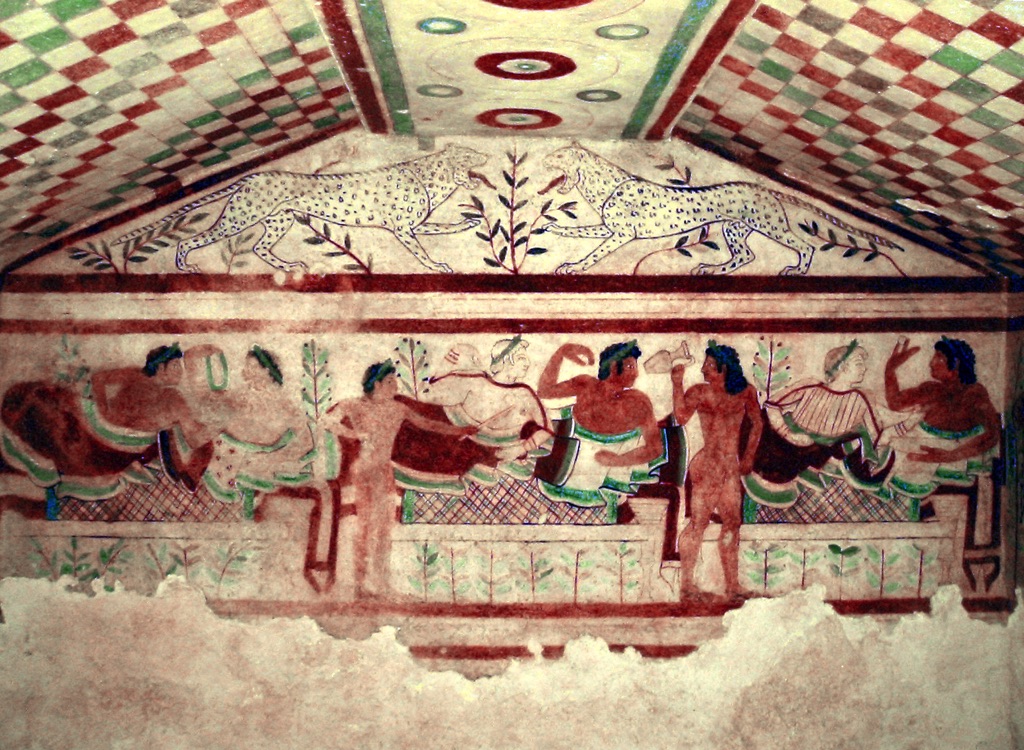
Etruscan Necropolis of Tarquinia
The Etruscan Necropolis of Tarquinia stands as a testament to the mystical and advanced Etruscan civilization. This UNESCO World Heritage Site reveals a wealth of history through its decorated tombs and intricate frescoes. Visitors can immerse themselves in an ancient culture that valued the afterlife, art, and connectivity with nature. Exploring Tarquinia’s underground passages leads to a unique encounter with vivid tales of Etruscan life and beyond.
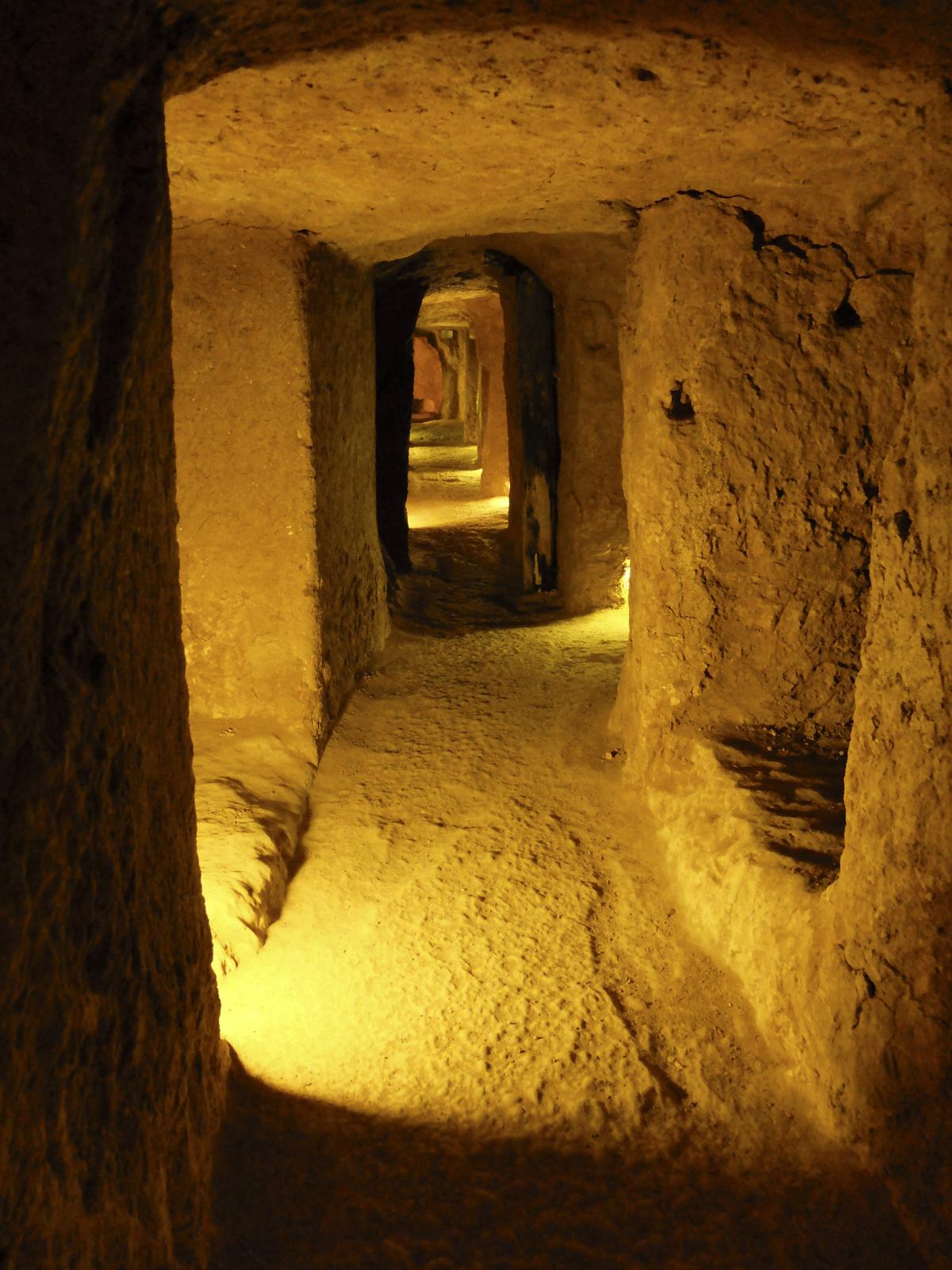
Nushabad Underground City
Located in central Iran, Nushabad Underground City, known locally as Ouyi, offers a fascinating glimpse into ancient engineering. This subterranean city dates back to the Sassanian era and remained in use until the Pahlavi dynasty. With its intricate network of tunnels lying up to 18 meters below ground level, Nushabad provided residents with a refuge from the harsh desert climate and invading forces. Remarkably, the city encompasses residential areas, corridors, chambers, and water channels, showcasing sophisticated urban planning and sustainable living practices from bygone centuries. This heritage site is not only a testament to human resilience but also acts as a window into the past, allowing visitors to walk through history.

